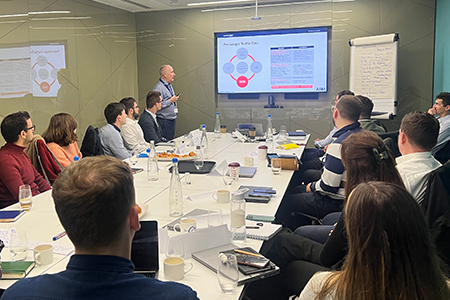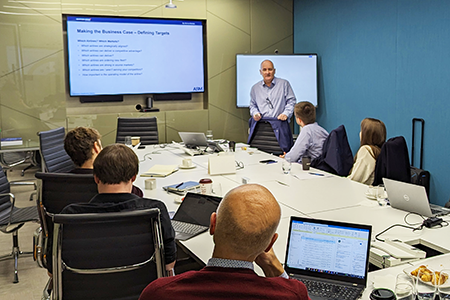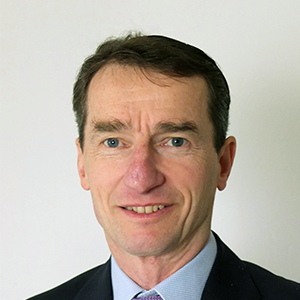APAC Fundamentals of Route Development for Airports and Destinations
Sep 10, 2024 - Sep 11, 2024
APAC Fundamentals of Route Development for Airports and Destinations
Sep 10, 2024 - Sep 11, 2024
This course is directed toward those new to route development and veteran professionals looking to refresh and deepen their skill set.
APAC Fundamentals of Route Development for Airports and Destinations
Venue: Informa SingaporeLocation: Afro Asia, 63 Robinson Road, Singapore, 238467 Price: £1395
Learn the Practical Tools and Techniques Needed to Attract New Routes and Growth from Airlines
Agenda
In this course, you will learn the fundamentals of route development from both traditional and post-pandemic viewpoints. We will highlight the importance of working with your local stakeholder communities, as well as what pieces of information will be critical in facilitating a “seat at the table” as airline schedules evolve.
We will also provide an overview of the global and U.S. airline industry, including a review of each carrier’s recent history.
Day 1
- Introductions & Setting the Scene
- Introduction to Route Development in and beyond the Post-Pandemic World
- Airline Data: Speaking the Same Language
- Understanding Airline Economics & Strategies
- Understanding Your Market


Day 2
- Preparing Air Service Development Business Cases
- Introduction to Airline Incentive Programs
- Fundamentals of Air Service Marketing
Facilitators



Enroll Before July 30, 2024 To Receive an Early Bird Discount
Commonly Asked Questions
Should I Attend?
This course is designed for:
- Airport personnel with limited experience or new to the route development function
- Tourism professionals responsible for route development
- Civil aviation authorities
- Government agencies and departments
Key Topics
Course topics include:
- The characteristic components of the market
- An introductory understanding of airline economics
- The importance of airport competitive positioning and target planning
- Key selling points of your destination and how to articulate them to airlines
- How to organize and implement a route target sales campaign
- The most effective ways of approaching and presenting to airline
- The relevance of data, market research, and analytics to route development
- How to improve your skills to deliver success for your airport or organization
- Fundamentals of route support and airline incentive programs
Where to Stay

Shangri-La
Jen Singapore OrchardGateway
277 Orchard Road, Singapore
+65 6708 8888
Book Now

Hilton
Singapore Orchard
333 Orchard Road, Singapore
+65 6737 4411
Book Now

Concorde
Hotel Singapore
100 Orchard Rd, Singapore
+65 6733 8855
Book Now
Other Courses
“Thorough, comprehensive and detailed, supported by practical examples and with time for dialogue.”


